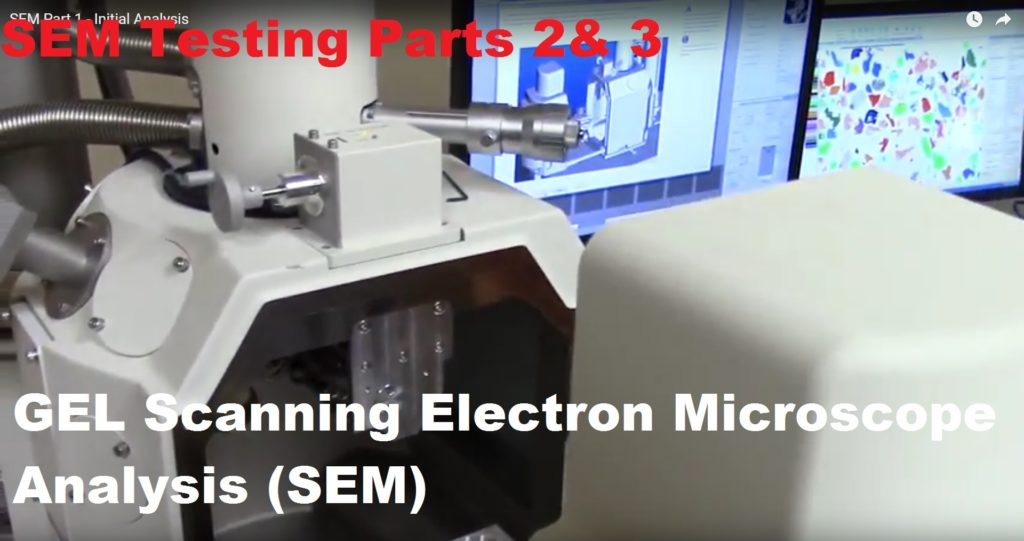Parts 2 & 3 were quite short, so I just combined them into 1 post.
We continue our interview with Dr. Paul Miranda regarding SEM analysis (Read Part 1 here):
 Brandon: So, tell me about your experience in metallurgy and mining. And what with that experience, would you bring to analysis for the client?
Brandon: So, tell me about your experience in metallurgy and mining. And what with that experience, would you bring to analysis for the client?
Doctor: I have six years of consulting just based on doing mineralogy for people all over the world; I probably have done 5,000 samples of mineralogy work myself. I used to run an MLA. Now, I have my own machine called the AMICS system. I’ve written papers and presented at conference on commerce about representing a lot of different work based on MLA. Hopefully, I’ll be able to do it with the AMICS system. Secondly, besides being a consultant for 6 years, I was a metallurgist at Thompson Creek Mine for three years, and I was also the chief metallurgist at Mount Milligan.
The Thompson Creek Mine was a molybdenum mine, and the Mount Milligan mine is a copper gold mine and a little bit of sulfur and silver. I have mineralogy experience plus the metallurgy experience to help the clients anytime.
Brandon: You’ve seen a variety of not just the mills you’ve worked at, but you’ve seen a whole variety of mining operations, mills through your consulting experience.
Doctor: Right. I’ve travelled and visited a lot of mills, and also got samples from all over. I mean I can do zinc; I can do anything that appears on the periodic table, I think I’ve actually analyzed it if it’s there’s naturally.
Brandon: So, Aluminium to Zinc, everything in between?
Doctor: Actually, a little with Uranium!
— Break — part 3, an additional quick chat with Dr. Miranda:
Brandon: Dr. Miranda, what types of analysis can you provide?
Dr. Miranda: One thing we do is we can do overall mineralogy. From there, we can do liberation studies and then for a lot of the samples, I like to do. People sent me samples. And if they are not sure when they are losing their gold or silver, I can actually take samples, look at them, and determine what the gold and silver mineralogy is and if it’s locked up with different types of minerals. Let’s say, silicates versus pyrite. We call those rare element searches. So, those can also be completed.
Brandon: You can help me if I’m out looking for a deposit, totally green field, wondering what’s in it, I can send that to you?
Dr. Miranda: Absolutely.
Brandon: And then, you can take me to the next step with ‘Hey, here’s what we can liberate out of it and here’s how you would do it.’
Dr. Miranda: Part of the deal is I can actually look at the mineral itself, and I can tell what grind size to get to. If we can do a flotation test, I can actually get you pretty close, right away, just based on the particle size itself.
Say 100 to 150 mesh, we get this percent of recovery; if we grind finer, say to 200 mesh, we can get another percent of recovery, again. So, it’s really good to determine the flotation, what grind size it is, especially during the mill, if you have issues like losing through flotation, then, we can actually determine their losses by taking proper samples in the circuit itself.
– – – –
Check out our other social media pages!
